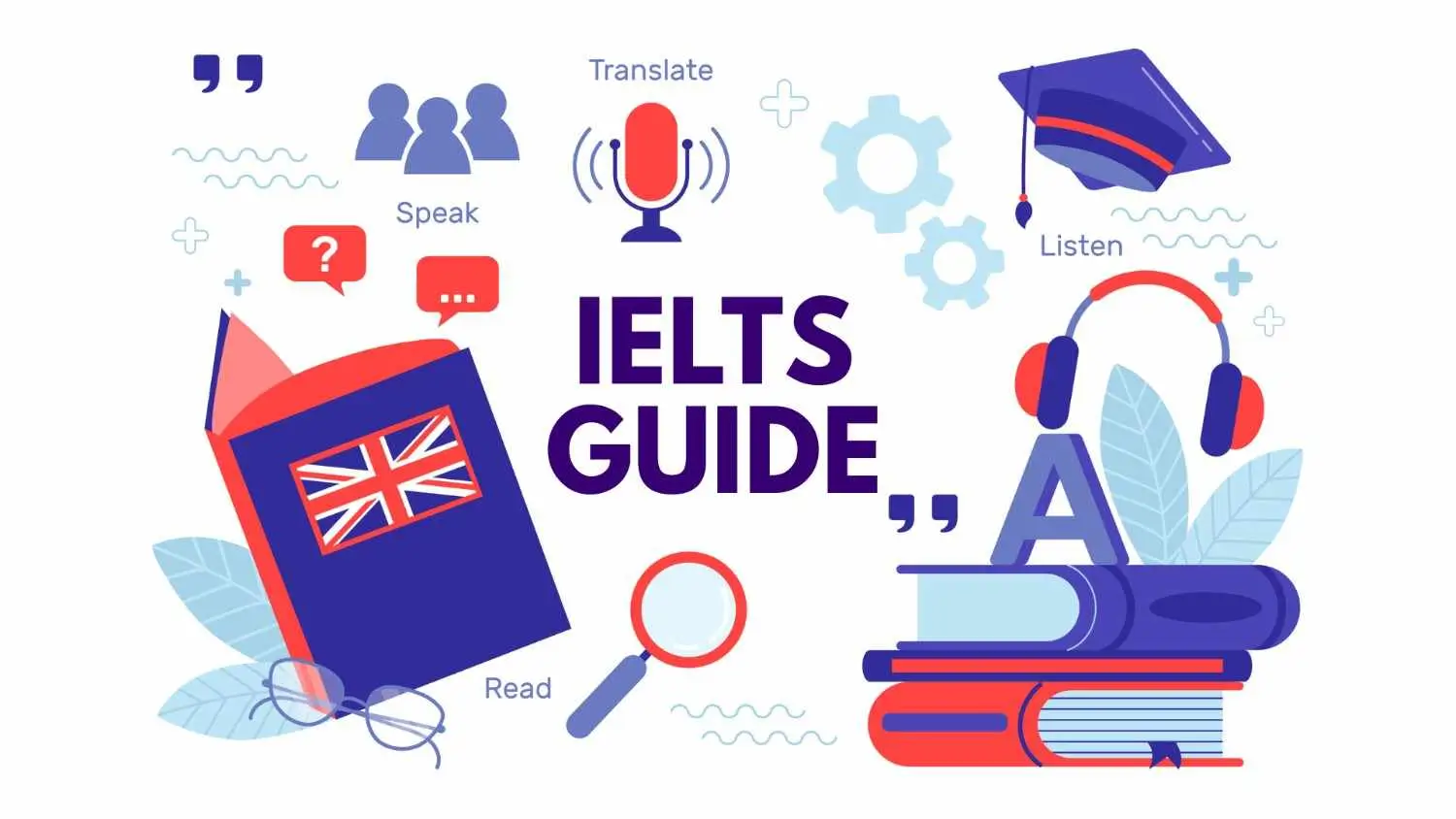In today’s rapidly evolving educational landscape, traditional teaching methods are being supplemented—and sometimes replaced—by innovative approaches that cater to diverse learning styles. Modern tutors are at the forefront of this transformation, leveraging new techniques and technologies to enhance the learning experience for their students. This blog explores various innovative teaching methods that modern tutors use to enhance student learning, including interactive learning, gamification, and technology integration.
Introduction
Education is not a one-size-fits-all process. Every student has unique needs, preferences, and learning styles. Recognizing this, modern tutors have embraced a range of innovative teaching methods to ensure that each student can achieve their full potential. This shift towards more personalized and engaging teaching strategies is transforming the educational experience for students around the world.
Interactive Learning
Interactive learning is a hands-on approach that encourages students to engage with the material actively. This method goes beyond traditional lectures and textbooks, incorporating activities such as group discussions, hands-on experiments, and real-world problem-solving.
Benefits of Interactive Learning:
- Enhanced Engagement: Students are more likely to stay engaged when they actively participate in the learning process.
- Improved Retention: By involving multiple senses and cognitive processes, interactive learning helps students retain information better.
- Development of Critical Thinking: Interactive activities often require students to think critically and solve problems, fostering important cognitive skills.
Examples of Interactive Learning Techniques:
- Group Projects: Collaborative projects encourage students to work together, share ideas, and learn from one another.
- Role-Playing: Simulating real-world scenarios helps students apply theoretical knowledge in practical contexts.
- Interactive Whiteboards: These tools allow students to engage with digital content dynamically, making learning more visual and interactive.
Gamification
Gamification involves incorporating game elements into the learning process to make it more enjoyable and motivating. This method leverages the natural human desire for competition, achievement, and reward.
Benefits of Gamification:
- Increased Motivation: The use of game elements such as points, badges, and leaderboards can motivate students to complete tasks and strive for excellence.
- Enhanced Engagement: Gamified learning experiences are often more engaging and enjoyable for students.
- Instant Feedback: Games provide immediate feedback, helping students understand their progress and areas for improvement.
Examples of Gamification in Education:
- Educational Games: Games designed specifically for educational purposes can make learning fun and interactive.
- Point Systems: Awarding points for completing assignments or participating in class activities can motivate students to stay engaged.
- Digital Badges: Digital badges can recognize and reward students for their achievements and milestones.
Technology Integration
The integration of technology in education has opened up new possibilities for personalized and efficient learning. Modern tutors use a variety of technological tools to enhance the learning experience.
Benefits of Technology Integration:
- Access to Resources: Technology provides students with access to a wealth of online resources and educational materials.
- Personalized Learning: Adaptive learning technologies can tailor the educational experience to each student’s needs and pace.
- Collaboration: Digital tools facilitate collaboration between students and tutors, regardless of physical location.
Examples of Technology Integration in Tutoring:
- Virtual Classrooms: Online platforms allow tutors to conduct live classes, share resources, and interact with students in real-time.
- Educational Apps: A wide range of educational apps can support learning in subjects like math, science, languages, and more.
- Interactive Simulations: Digital simulations can provide students with hands-on experiences in subjects like science and engineering.
Conclusion
Innovative teaching methods are revolutionizing the way education is delivered, making it more engaging, personalized, and effective. Modern tutors who embrace these methods are better equipped to meet the diverse needs of their students and help them achieve their academic goals. As the educational landscape continues to evolve, the role of innovative teaching methods will only become more significant, paving the way for a brighter future for learners everywhere.
By leveraging interactive learning, gamification, and technology integration, modern tutors can create dynamic and enriching educational experiences that inspire and motivate students to succeed.




